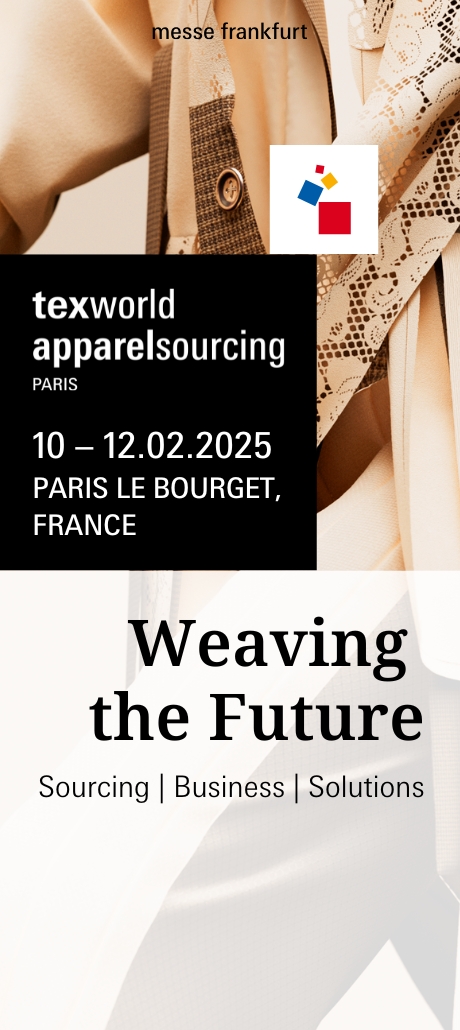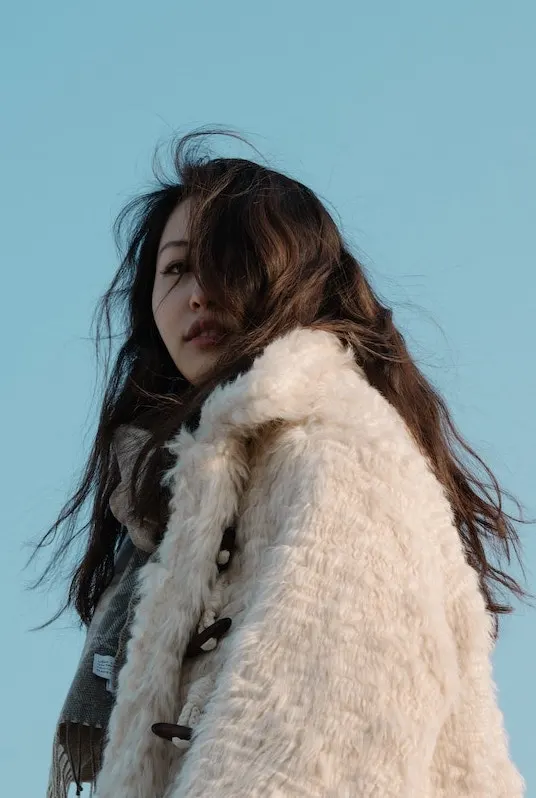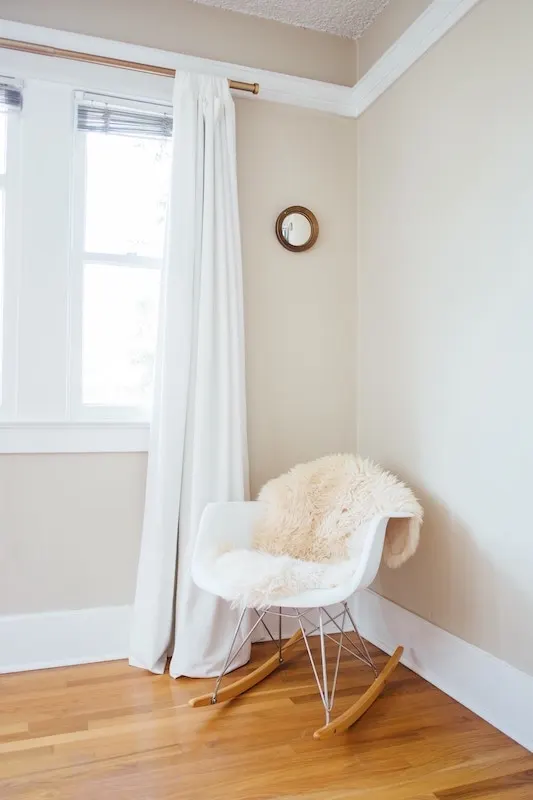What is Faux Fur Fabric?
Faux fur fabric, often referred to as “fake fur” or “imitation fur,” is a synthetic textile that is designed to mimic the appearance and feel of real animal fur. It’s a cruelty-free alternative to traditional fur, as it doesn’t involve the use of real animal pelts. Faux fur has gained popularity as an ethical and more sustainable option for creating garments, accessories, and home decor items that have the luxurious look of fur without the associated ethical concerns.
History of Faux Fur Fabric
Faux fur fabric’s origins can be traced back to the early 20th century, when attempts were made to create synthetic alternatives to real fur. However, it wasn’t until the mid-20th century that advances in textile manufacturing technology allowed to produce more convincing and realistic faux fur fabrics. These fabrics became especially popular in the fashion industry during periods when wearing real fur faced criticism due to animal welfare and conservation concerns.
Composition of Faux Fur Fabric
Faux fur fabric is typically made from synthetic fibers such as polyester, acrylic, and nylon. These fibers are treated and processed to resemble the texture and appearance of various animal furs. The manufacturing process involves blending different types of fibers, dyeing them, and then shaping and shearing the fibers to achieve the desired fur-like look.
Production Process
The production of faux fur fabric involves several steps:
Fiber Preparation: Synthetic fibers like polyester and acrylic are selected for their ability to imitate fur’s texture.
Blending: Different fibers are blended to achieve the desired texture, color, and appearance.
Dyeing: The blended fibers are dyed to mimic the color patterns of specific animal furs.
Tufting: The dyed fibers are woven or knitted into a fabric base.
Cutting and Shaping: The fabric is cut and shaped to imitate the length and texture of fur.
Finishing: The faux fur fabric undergoes various finishing processes to enhance its appearance, softness, and durability.
Types of Faux Fur Fabric
There are various types of faux fur fabric, including long-pile, short-pile, curly, mink-style, and more. These different styles imitate the fur of various animals and offer diverse visual and tactile experiences.
Uses of Faux Fur Fabric
Faux fur fabric is used in a wide range of products, including:
1. Faux Fur in High Fashion: Fashion designers have embraced faux fur, incorporating it into their collections to create show-stopping garments that exude opulence and glamour.
2. Faux Fur in Home Décor: Faux fur has found its way into homes as luxurious throws, pillows, and rugs, adding a cozy and stylish element to interior design.
3. Faux Fur Accessories: From faux fur-trimmed gloves to elegant scarves, accessories made from faux fur offer warmth and style during colder months.
4. Faux Fur in Pet Products: Even pets can enjoy the comfort of faux fur, as it is used in crafting pet beds, blankets, and toys.
Faux Fur vs. Real Fur
Faux fur is generally considered more ethical and sustainable than real fur, as it doesn’t involve the harm or killing of animals. Additionally, faux fur can be more affordable and offers a wider range of design possibilities. However, there are debates about the environmental impact of synthetic fibers used in faux fur production.
How to distinguish between faux fur and real fur
Distinguishing between genuine fur and faux fur can be done using a few simple tests:
Examine the fabric’s base: Authentic fur will display fur strands attached to a natural leather base, whereas faux fur features a knitted foundation.
Conduct a pin test: Attempt to insert a pin through the fabric. If the pin goes through easily, it’s likely faux fur due to its knitted base. Real fur, with its leather base, will offer resistance.
Try the hair/fiber burn test: Pluck a strand of fur and hold it close to a lit match or lighter. When ignited, real fur will emit a burnt hair odour, while faux fur (crafted from acrylics and modacrylic polymers) will produce a plastic scent.
Feel the texture: Genuine fur boasts a smoother and denser texture compared to faux fur. Faux fur tends to be coarser and may cling to damp hands.
Check for labels: Look for labels that indicate whether the fur is genuine or imitation.
Brands Using Faux Fur Fabric
Numerous fashion brands have embraced faux fur as an ethical alternative to real fur, including Stella McCartney, Calvin Klein, Shrimps, and more. These brands have integrated faux fur into their collections to meet the growing demand for cruelty-free options.
Stella McCartney: Since the launch of the Stella McCartney brand in 2001, it has never used real animal fur or leather. The brand uses a “Fur-free-fur” label on its faux fur fabrics to make its conscious choice known. Stella McCartney uses sustainable faux fur, organic cotton, and other sustainable and recyclable alternatives.
Calvin Klein: Calvin Klein was one of the earliest adopters of the fur-free policy, stopping the use of fur designs in 1994. The fashion brand pursues animal welfare, seeking other cruelty-free alternatives.
Michael Kors: Michael Kors adopted a no-fur policy (including Jimmy Choo) in its collection in 2018. The brand pursues technological processes to create non-animal fur aesthetics.
Giorgio Armani: The Giorgio Armani brand went fur-free in 2016. The Italian fashion designer, Giorgio Armani, explained that the advancement in technology has rendered cruel practices on animals unnecessary. The brand continues to pursue more sustainable alternatives.
Shrimps: Since its inception in 2013, the Shrimps brand has become famous for its creative faux fur designs and patterns. The brand continues to pursue technological processes to improve the sustainability of its products.
The Future of the Faux Fur Industry
The faux fur industry is likely to continue growing as ethical and sustainable considerations become more prominent in consumer choices. Advancements in textile technology may lead to even more realistic and innovative faux fur fabrics, addressing concerns about the environmental impact of synthetic fibers. However, ongoing efforts will be needed to ensure that faux fur production remains environmentally responsible and socially conscious.
Conclusion
Faux fur fabric has come a long way from its modest beginnings, evolving into a sophisticated and eco-friendly alternative to real fur. Its versatility, ethical appeal, and evolving manufacturing techniques have earned it a well-deserved place in both fashion and interior design. As we move forward, the cozy embrace of faux fur promises not only warmth but also a brighter and more compassionate future for the fashion industry.
























